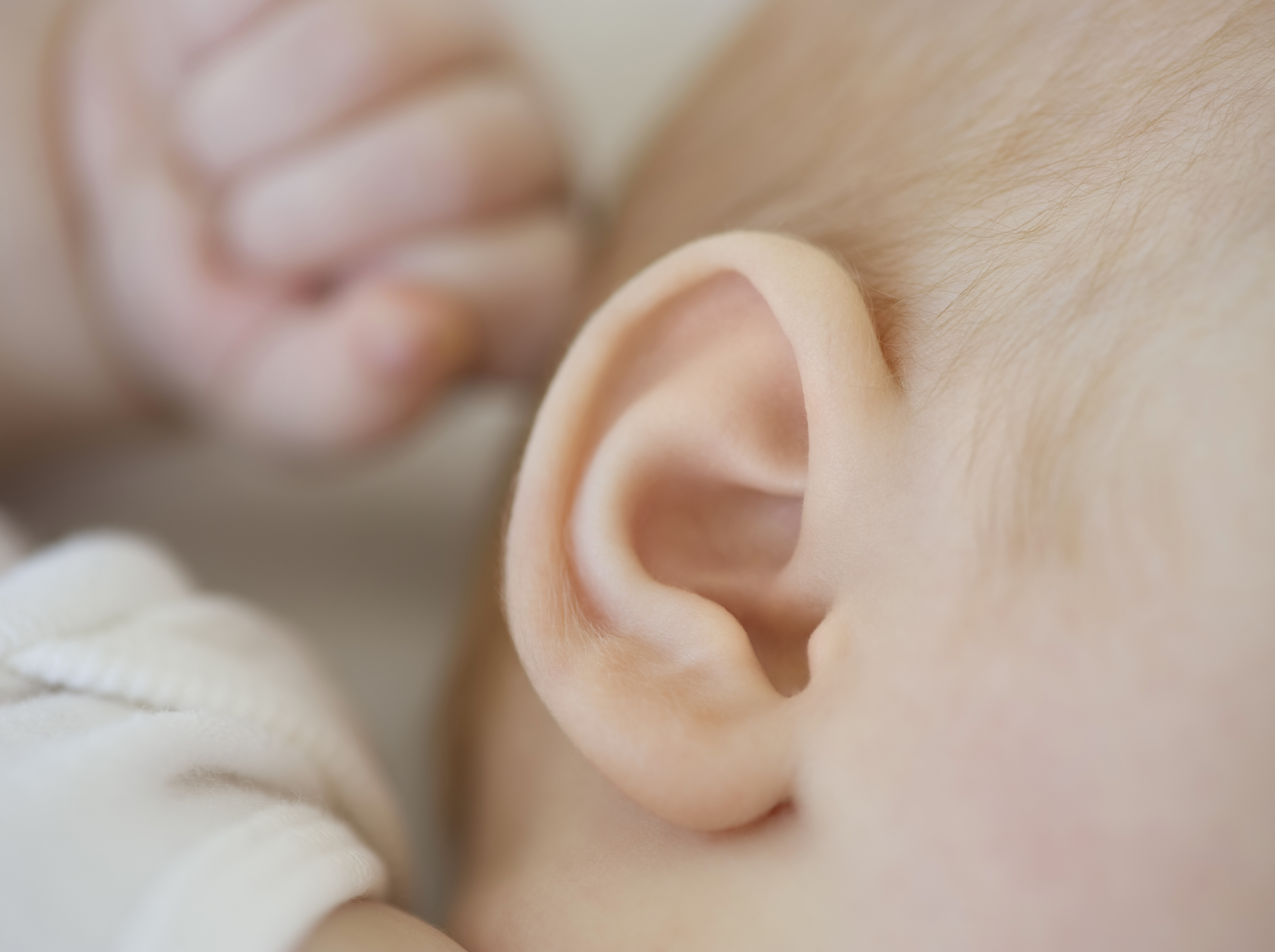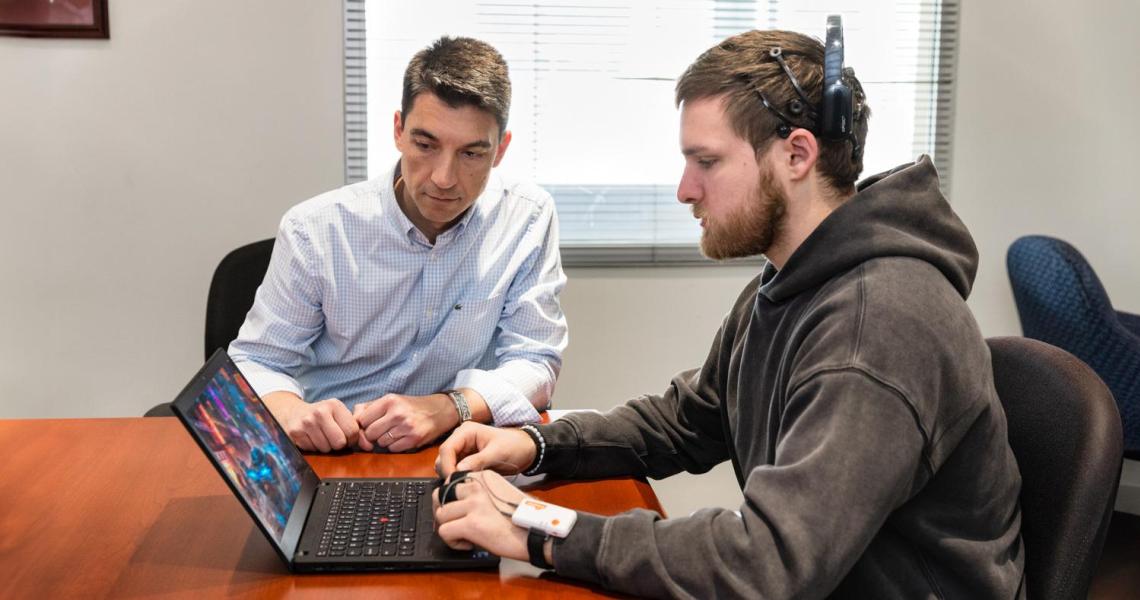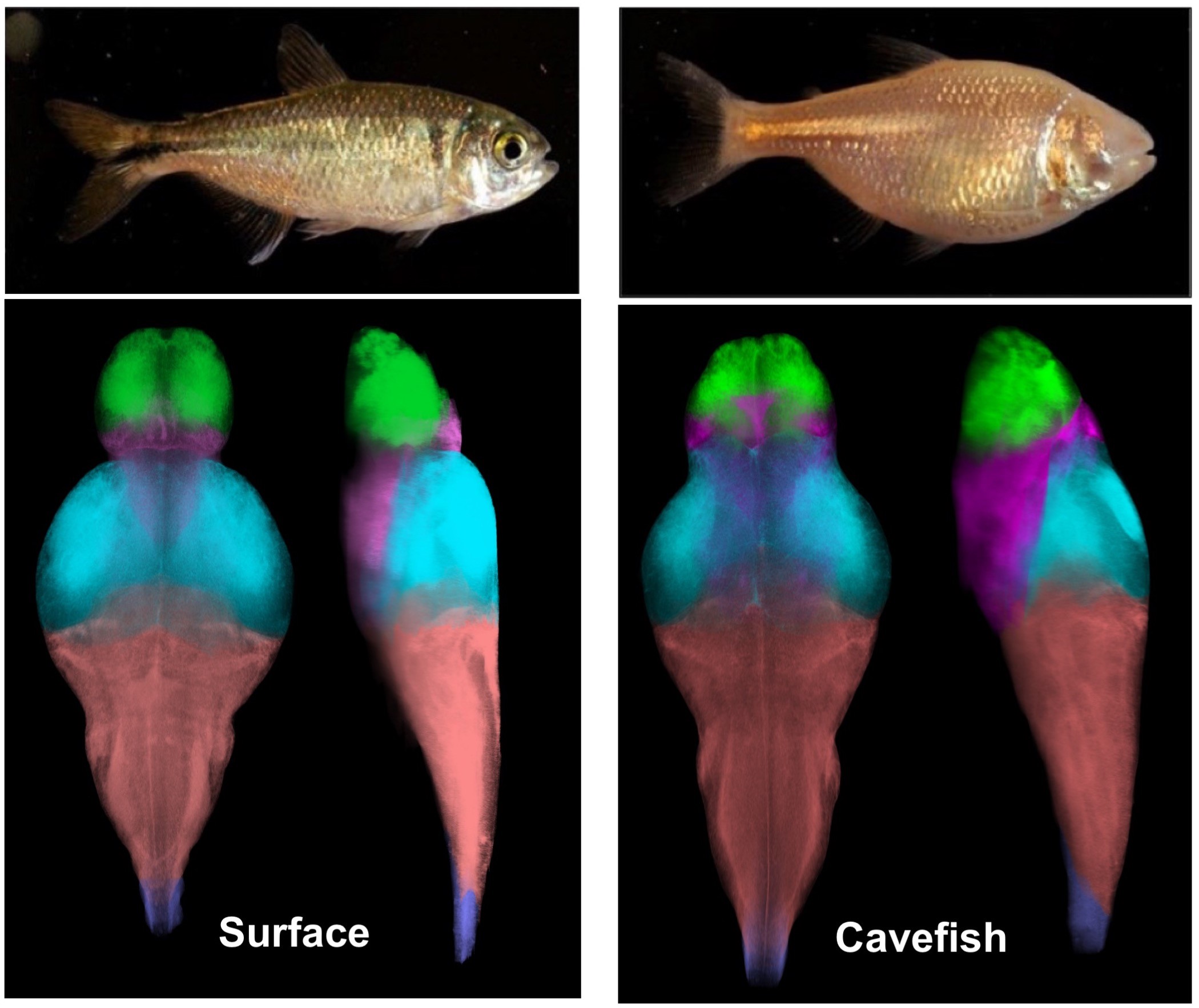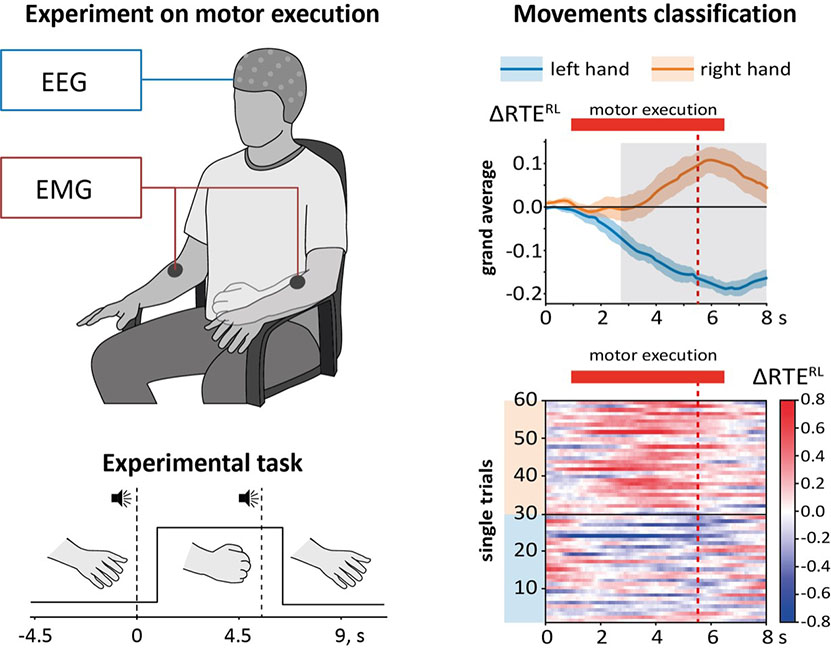In a study published November 7 in the journal Cell Reports Medicine, researchers from Tufts University School of Medicine and Vanderbilt University School of Medicine show that people with schizophrenia generate distinct neural patterns when asked to make decisions based on conflicting information. The work offers one of the first biological tests to assess whether someone is prone to inflexible thinking and, by monitoring changes in these patterns, a new way to measure whether treatments are working.
Tag: Brain Activity
Complex Sound Patterns are recognized by newborn brains
A team of researchers, including psycholinguist Jutta Mueller from the University of Vienna, has discovered that newborns are capable of learning complex sound sequences that follow language-like rules. This groundbreaking study provides long-sought evidence that the ability to perceive dependencies between non-adjacent acoustic signals is innate.
Are brain delays a computational disadvantage?
Biological components are less reliable than electrical ones, and rather than instantaneously receive the incoming signals, the signals arrive with a variety of delays.
Two-stage computer algorithm will detect epilepsy with high precision
Scientists elaborated algorithm that much better detects epilepsy on EEG recordings, than other automated methods. To achieve this, authors combined two approaches to analysis of signals of brain activity – classifier, that doesn’t require education, and trainable neural network. The project will enable to automate analysis of EEG and so simplify the process of detecting of epilepsy. Results of the research, supported by the grant of Presidential program of Russian Scientific Foundation, are published in the magazine IEEE Access.

Brain Connectivity Patterns Differ in Infants at Familial Risk for Autism
A study co-led by researchers at UCLA Health has found distinct brain connectivity patterns in six-week-old infants at risk for developing autism spectrum disorder (ASD).

Cedars-Sinai Study Details Workings of Short-Term Memory
Cedars-Sinai investigators have discovered how brain cells responsible for working memory—the type required to remember a phone number long enough to dial it—coordinate intentional focus and short-term storage of information.

NJIT Marketing Experts Measure Brain Waves and Skin Current to Predict Emotions
Machines still can’t think, but now they can validate your feelings, based on new research from New Jersey Institute of Technology Assistant Professor Jorge Fresneda.
Hearing relaxing words in your sleep slows your heart down
This discovery by researchers from the GIGA – Center of Research Cyclotron at ULiège reveals that the sleeping body also reacts to the external world during sleep, explaining how some information from the sensory environment can affect sleep quality.

Researcher determines ADHD gives entrepreneurs an edge
The brains of people with ADHD function in ways that can benefit them as entrepreneurs, according to research from the West Virginia University John Chambers College of Business and Economics.
Physicists overturn common assumptions regarding brain activity
For the last 75 years a core hypothesis of neuroscience has been that the basic computational element of the brain is the neuronal soma, where the long and ramified dendritic trees are only cables that enable them to collect incoming signals from its thousands of connecting neurons.
$50 million gift to expand health sciences research at Virginia Tech
The Richmond, Virginia-based Red Gates Foundation recently committed $50 million to the Fralin Biomedical Research Institute at VTC to accelerate health sciences research at Virginia Tech. The gift is among the largest ever made to the university.
UCSF Neurologist Recognized for Innovative Epilepsy Research
Jon Kleen, MD, PhD, UC San Francisco neurologist, epileptologist and neuroscientist, has been chosen by the American Academy of Neurology (AAN) to receive its 2023 Dreifuss-Penry Epilepsy Award. He is being honored for his outstanding contributions in clinical research and leadership in the treatment of epilepsy.
Can neuroimaging reveal the roots of psychiatric disorders? Not just yet
Neuroimaging technology has been shown to hold great promise in helping clinicians link specific symptoms of mental health disorders to abnormal patterns of brain activity.
Even in sleep, your brain’s neurons are humming along to Mozart
A unique study of brain activity in the cerebral cortex of epilepsy patients found there was a robust response to sound during sleep that largely mirrored the brain’s response during wakefulness. However, there was one key difference from wakefulness.
Temperature Plays a Role in Brain Activity Related to Episodic Memory and Planning
Article title: Brain temperature affects quantitative features of hippocampal sharp wave ripples Authors: Peter C. Petersen, Mihály Vöröslakos, György Buzsáki From the authors: “Here, we show that features of hippocampal ripples, including the rate of occurrence, peak frequency, and duration…
Brain Activity Helps Explain Response to Alcohol and How People Recognize Emotions Before Becoming Intoxicated
People who need to drink relatively high amounts of alcohol before feeling its effects, a genetically influenced risk factor for future heavy drinking and alcohol problems, may have differences in brain connectivity that impair their ability to interpret facial expressions and recognize their own intoxication, a new study suggests. The paper, in Alcoholism: Clinical & Experimental Research, is believed to be the first to demonstrate differences in brain connectivity between people with low and high responses to alcohol. Varying levels of responses to alcohol — for example, how many drinks a person consumes before feeling intoxicated — are known to be related to neurobiological processing. Low responders, who drink more alcohol before feeling affected by it, are at greater risk of alcohol use disorder (AUD) than high responders, who feel the effects of fewer drinks. Scientists using functional magnetic resonance imaging (fMRI) are exploring the possibility that low responders are less a
Which Types of Brain Activity Support Conscious Experiences?
Our subjective experience appears to us in a continuous stream of integrated information, and in Chaos, researchers explore the question: Which characteristics should brain activity have to support this type of conscious experiences?

Mapping Cavefish Brains Leads to Neural Origin of Behavioral Evolution
While studied for nearly a century, little is known about how cavefish brains differ. A study is the first to look inside their brains with millimeter resolution to start to understand how the individual neurons and brain regions that drive complex behaviors, including sleep and feeding have evolved. This work has broad implications for the understanding of how brains evolve in many different animal models and is hoped to be widely used by the scientific community.

People with Anorexia Nervosa and Body Dysmorphic Disorder Show Similarities and Differences in Brain Function
A new UCLA study shows partially overlapping patterns of brain function in people with anorexia nervosa and those with body dysmorphic disorder, a related psychiatric condition characterized by misperception that particular physical characteristics are defective.
Time of day differences in neural reward responsiveness in children
The Reward Positivity (∆RewP) event-related potential (ERP), generally quantified as the difference between neural responsiveness to monetary gains (RewP-Gain) and losses (RewP-Loss) is commonly used as an index of neural reward responsiveness. Despite the popularity of this ERP component in…
Study finds empathy can be detected in people whose brains are at rest
UCLA researchers have found that it is possible to assess a person’s ability to feel empathy by studying their brain activity while they are resting rather than while they are engaged in specific tasks.

Researchers Discover Method to Detect Motor-Related Brain Activity
Motor-related brain activity is of great interest to researchers looking for a better way to improve neurorehabilitation, and one factor to consider is the suppression of the specific rhythmic activity of neurons within the sensorimotor cortex of the brain. Studies indicate this feature suffers from variability when using traditional methods to explore it. In the journal Chaos, scientists in Russia are approaching the problem from a different angle to search for a more robust feature of brain activity associated with accomplishing motor tasks.
A method with roots in AI uncovers how humans make choices in groups and social media
Using a mathematical framework with roots in artificial intelligence and robotics, UW researchers were able to uncover the process for how a person makes choices in groups. And, they also found they were able to predict a person’s choice more often than more traditional descriptive methods.